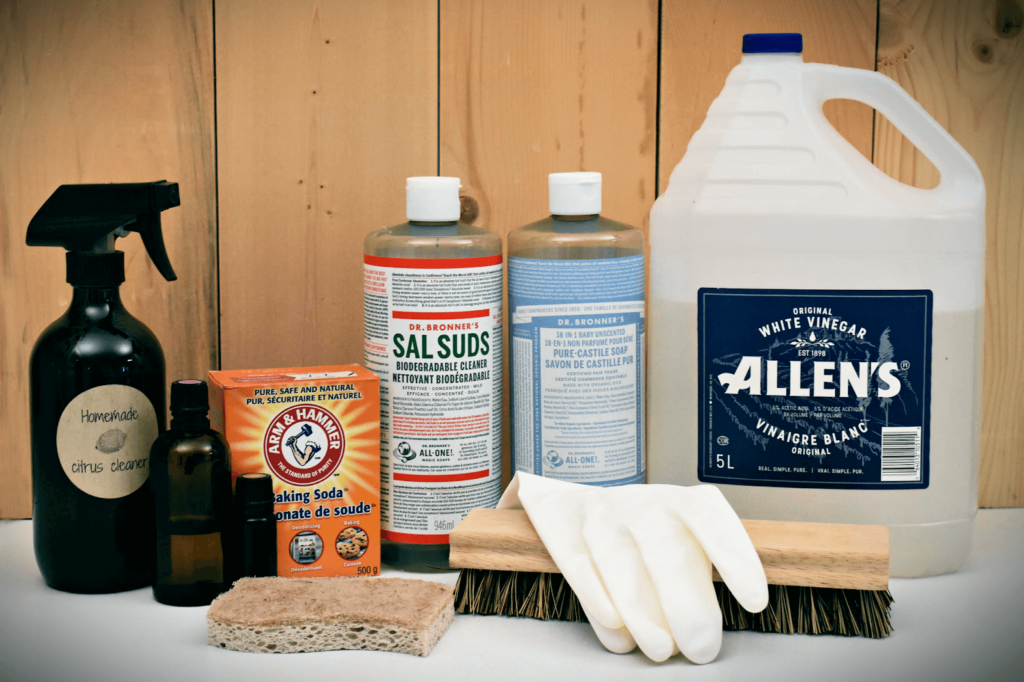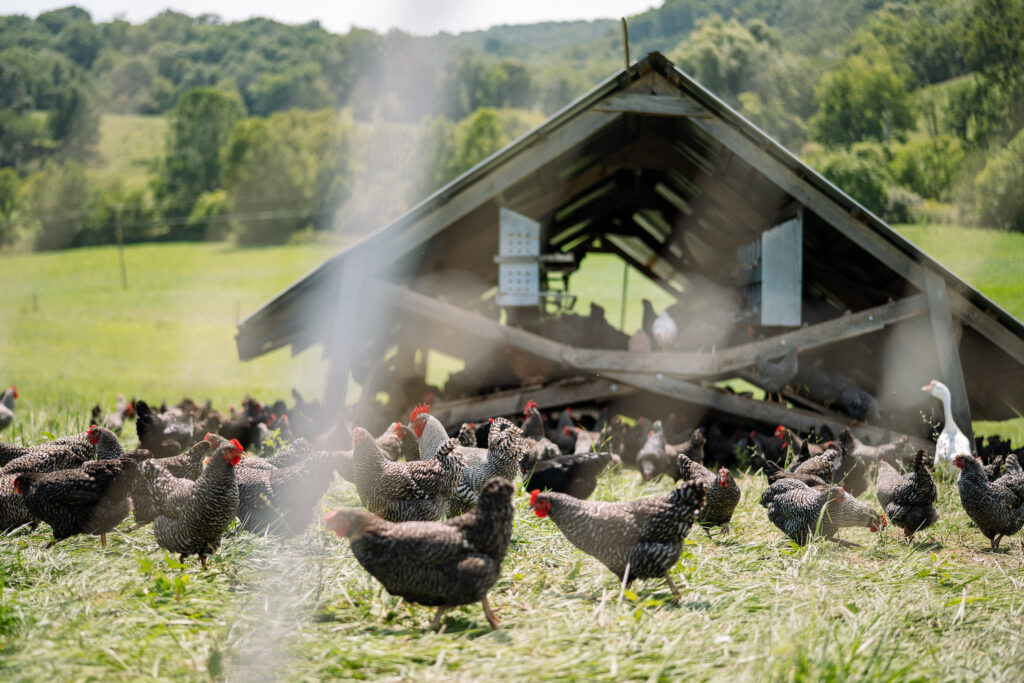It’s also important to note that unlike mechanically extracted oils, most commercial oils are solvent-extracted using hexane. Of course, this chemical extraction method is high-yielding and very profitable, but these oils are heavily refined, bleached, deodorized, and degummed.
The resulting oils do have an incredibly long shelf life, but they lack flavor, color, and aroma. Refined oils may be convenient, but they do not offer the same qualities that small-scale, cold pressed oils have to offer. With the proper equipment, it’s easy and rewarding to grow, forage, and press high quality oils right at home.
Plant-based oils, extracted from seeds, nuts, and occasionally fruits, have been a fundamental part of the human diet since as early as 6000 BCE. Archeologists have uncovered evidence of olive oil production in ruins discovered in northern Israel that are believed to be around 8,000 years old.
In North America, archeologists from Indiana University have found evidence of hickory nut oil extraction in the remnants of an ancient kitchen presumed to be over 4,000 years old.
These oils were vital to the health and well-being of their producers. The dietary fats found in seed and nut oils play a fundamental role in the body, assisting with the proper absorption of vitamins and are essential to brain and nerve function.
The first mechanical oil press was developed in India around 2000 BCE and was used for the extraction of sesame seed oil. This early machine was very similar to a large mortar and pestle and was traditionally powered by oxen. This style of press is called a ghani, and modern, motor-powered models are still commercially available today, although they are most common across the Indian subcontinent.
A variation of this technology, still reliant upon the principle of applying direct pressure to the oilseed, is a machine known as an expeller press. These machines are composed of a rotating turnscrew, housed within a horizontal cylinder, that gradually increases the pressure on the seed or nut when turned.
These expeller presses can be manually operated or motorized and this is the style of machine that I recommend for the small-scale oil presser. They are widely available, easy to operate, and very efficient.

Here are some of my favorite oilseeds crops to help you get started:
Sunflower
Brilliant, golden-colored sunflowers are an easy-to-grow annual oilseed crop. The small, black-shelled sunflower seeds are ideal for pressing, yielding anywhere from 24-47% oil. These are the same sunflower seeds that are also sold as birdseed.
While there are many hybridized sunflowers on the market today, including those bred specifically for oil production, the most common varieties available produce a flavorful and useful oil.
Sunflowers are easy to grow and, as their name suggests, they grow best in a full sun area. They prefer loose, well-drained soil and should be planted after the danger of frost has passed.

Allow your sunflowers to mature in the field until the foliage begins to yellow and the back of the flower head turns a brownish-yellow color. Cut the stalks about 6 inches below the flower and toss the heads into a basket.
The seeds can be easily removed by simply rubbing them loose by hand or over a hardware cloth, allowing the seeds to fall and collect in a basket. Sift the seeds through screens or winnow using a box fan to remove any debris. Allow your seeds to dry for seven to ten days, and then they are ready to be pressed. Or, they can be stored in airtight buckets until pressing time.
The seeds can be run through the press whole, in shell, or crushed. This is an excellent oil for salad dressings and marinades. It is also high in vitamin E and can be used topically, which makes it valuable for use in skin and hair care products.
Pumpkin
The typical orange field pumpkin is one of many cultivars of the species Cucurbita pepo. This species includes most summer squashes as well as a few winter-type squashes which, as their name implies, are typically stored for use throughout the winter.
The cucurbit family also includes other species of domesticated squash, such as C. maxima and C. moschata, and the seeds from any of these species are considered edible and can be pressed for their oil, although some varieties of C. pepo have been developed specifically for use as oilseed crops.
It was in central and eastern Europe that the seeds of various pumpkins were first pressed for their oils. In 1870, a Styrian pumpkin farmer in southeast Austria discovered a random genetic mutation in his field that resulted in a crop of pumpkins that produced hull-less seeds. These seeds proved to be ideal for oil extraction, and the resulting oil was considered superior in flavor and quality.
Since then, several naked-seeded pumpkins have been developed, all of which are ideal for roasting, snacking, and oil production. Seeds of butternut squash (C. moschata) can be pressed for a robust and flavorful oil, especially if the seeds are lightly toasted before pressing.
Collecting a significant quantity of pumpkin seeds from your garden by hand can be a chore. Large scale farmers use a specialized, tractor-pulled seed extraction machine, and smaller-scale trailer-pulled machines are available for the mid-sized farm.
Renting this machinery is certainly worth considering if you plan to extract anything more than just sample-sized quantities of pumpkin seed oil.
Pumpkin seed oil is a deep reddish-green color and is truly a flavorful delicacy. The oil has a low smoke point and shouldn’t be used for high-heat applications but is perfect for cold culinary uses such as salads dressing. Try it drizzled on avocado for a real treat!
Peanut
Native to South America, peanuts have become a staple food and oilseed crop worldwide. Widespread cultivation of the crop was well established across South America in pre-Columbian times. Spaniards took peanuts with them back to Europe where they were very well received and quickly circulated.
These legumes were then brought to North America by enslaved Africans in the mid- to late 1600s, but they remained a small-scale garden crop until the 1930s. It was thanks to agricultural scientist George Washington Carver, who developed hundreds of uses for the crop, that peanuts have become a commercial mainstay around the world.

Peanuts grow best in a long, warm season and will need anywhere from 120-150 days to mature. They prefer sandy soil and need full sun for best production. When the leaves and stems turn yellow and begin to die back, your peanuts are ready to harvest.
Simply use a garden spade or fork to loosen the soil and then remove the plants from the ground. The plants should then be moved to a sheltered area for drying. After two to three weeks, once the hulls are completely dry, the peanuts can be removed from the plants.
Before pressing, the peanuts should be removed from their shells. For small batches, hand-shelling is reasonable.
But for anything more than that, simply crush the shells using a rolling pin, food processor, or a similar tool, and add the peanut-shell debris to a bucket of cold water. The lighter shell particles float, while the heavier peanuts sink to the bottom. The peanuts can then be dried in a low-temperature oven.
Roasting the peanuts before pressing will result in an oil with a deep, nutty flavor and dark, golden-brown color. Toasted or raw, the peanuts should be broken into smaller pieces before pressing, as this will increase yields. Roasted peanut seed oil is typically enjoyed as a flavoring oil while the oil pressed from raw peanuts is excellent for frying.
Processing and Storage:
Regardless of which seed or nut oil you press, the process of filtering, bottling, and storing the oil is just about the same. The freshly pressed oil will be turbid and cloudy from the small bits of seed and/or shell that are suspended in the oil.
Allow the oil time to settle in a cool, dark location. Be sure to label your oil, including the date of pressing. Within 24-48 hours, the oil will have visibly clarified and most of the debris will have settled to the bottom of the container.
Decant the oil, leaving the sediment behind, and then filter it through a fine mesh screen, tightly woven cheesecloth, or something similar. Removing even the smallest bits from your oil through filtering will increase the product’s shelf life.
While specific storage requirements vary depending on the seed, keeping the oil in a cool, dark area is always best. This can be as easy as a kitchen cupboard or in the pantry. Some oils are more delicate and will certainly benefit from refrigeration.
The crushed seed that remains after the extraction process, also known as the seed cake, is also quite useful. The seed cake can be milled into a powder using a food processor and added to cereals, breads, and other baked goods.
Or, seed cake can be used as a supplemental feed for your chickens or other livestock. It can also be added to the compost pile where it will produce a lush, rich soil.
Reviving traditional artisan skills, such as small-scale seed and nut oil pressing, revitalizes our relationship with our food system. This hands-on, small batch approach to food production connects us to the land and to each other in ways far beyond what we could ever hope to achieve merely as consumers.
You can learn more about how to apply this traditional skill to your modern life in my book The Complete Guide to Seed & Nut Oils.







Leave a Reply